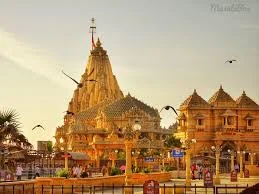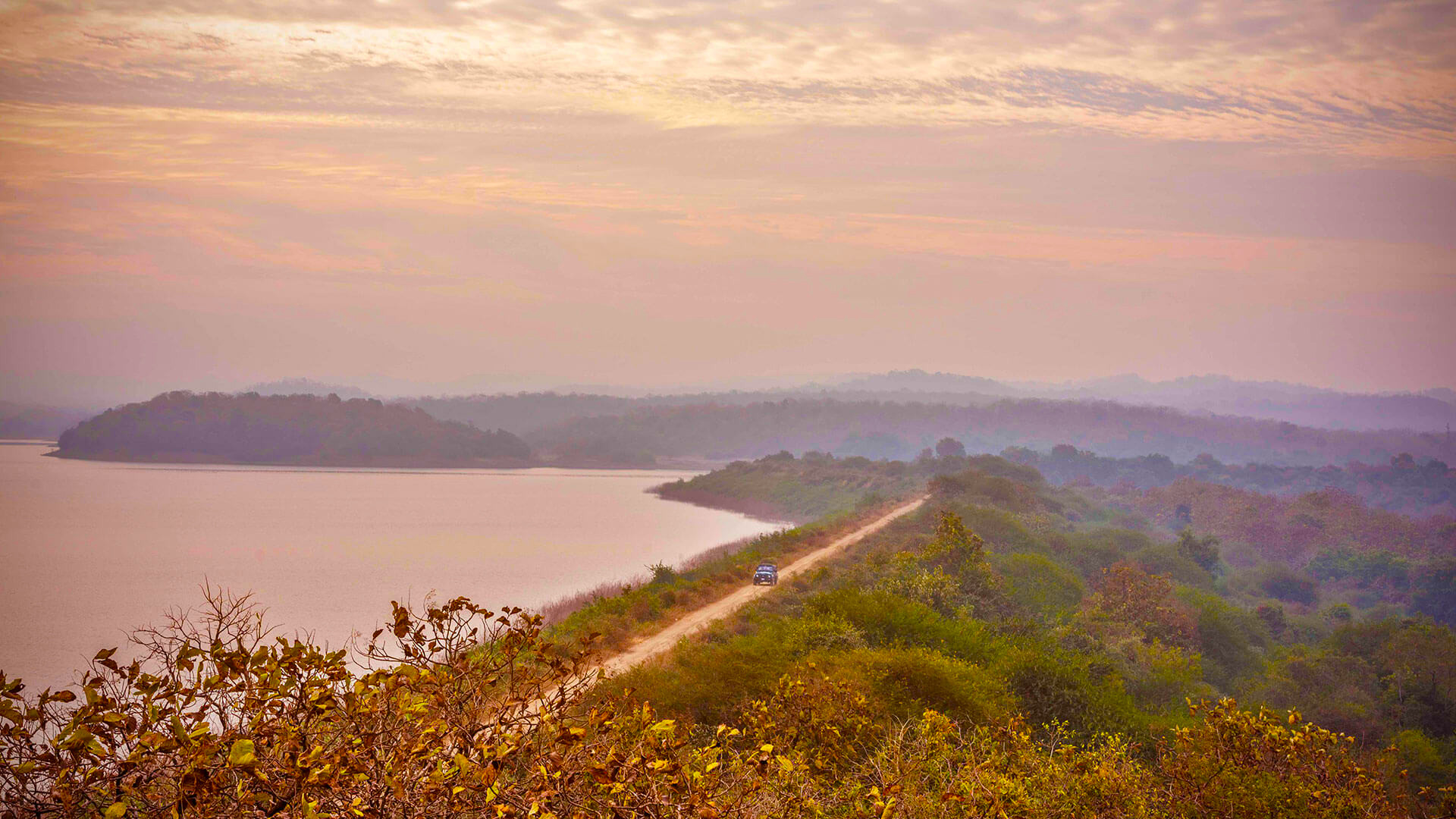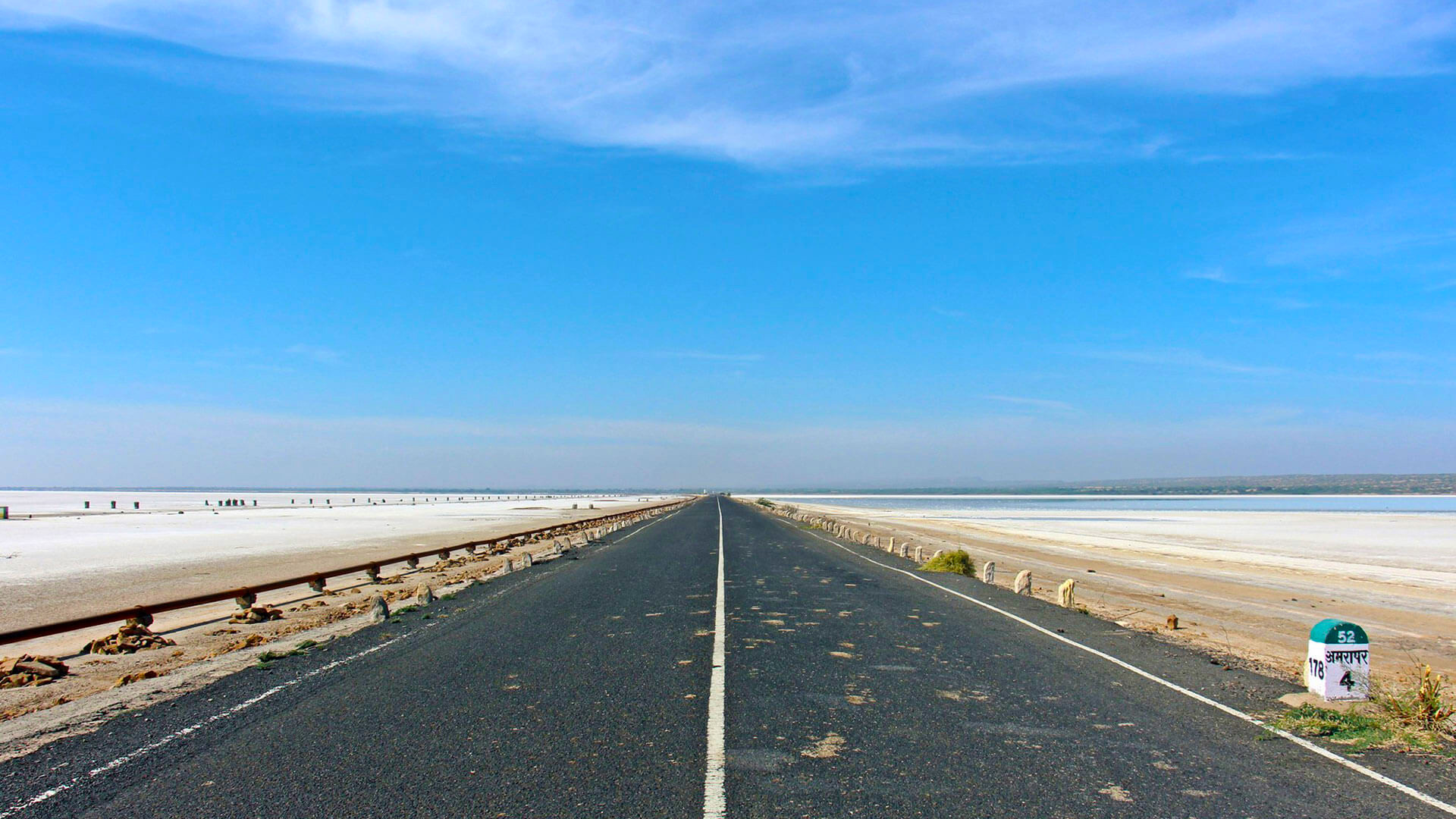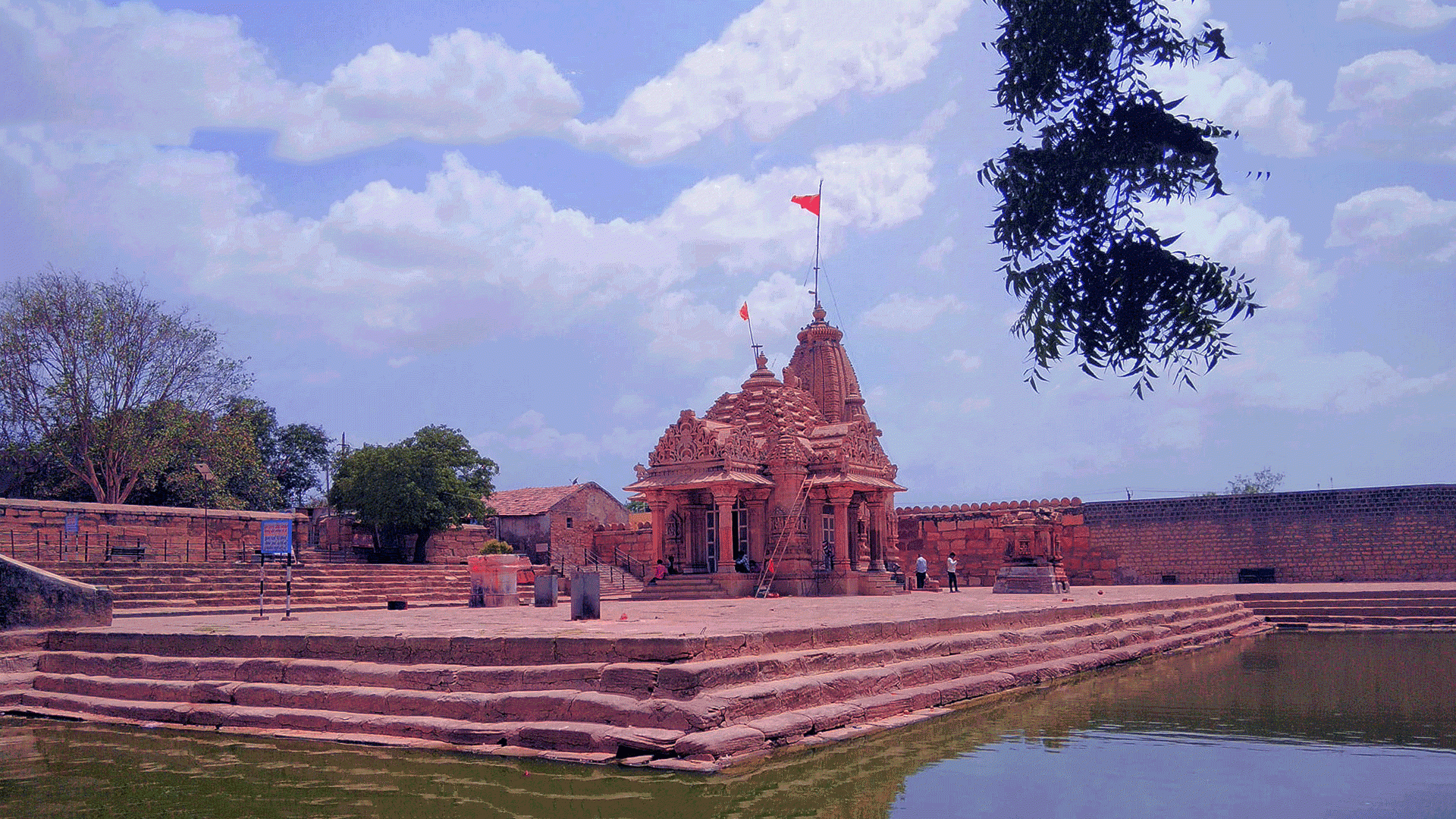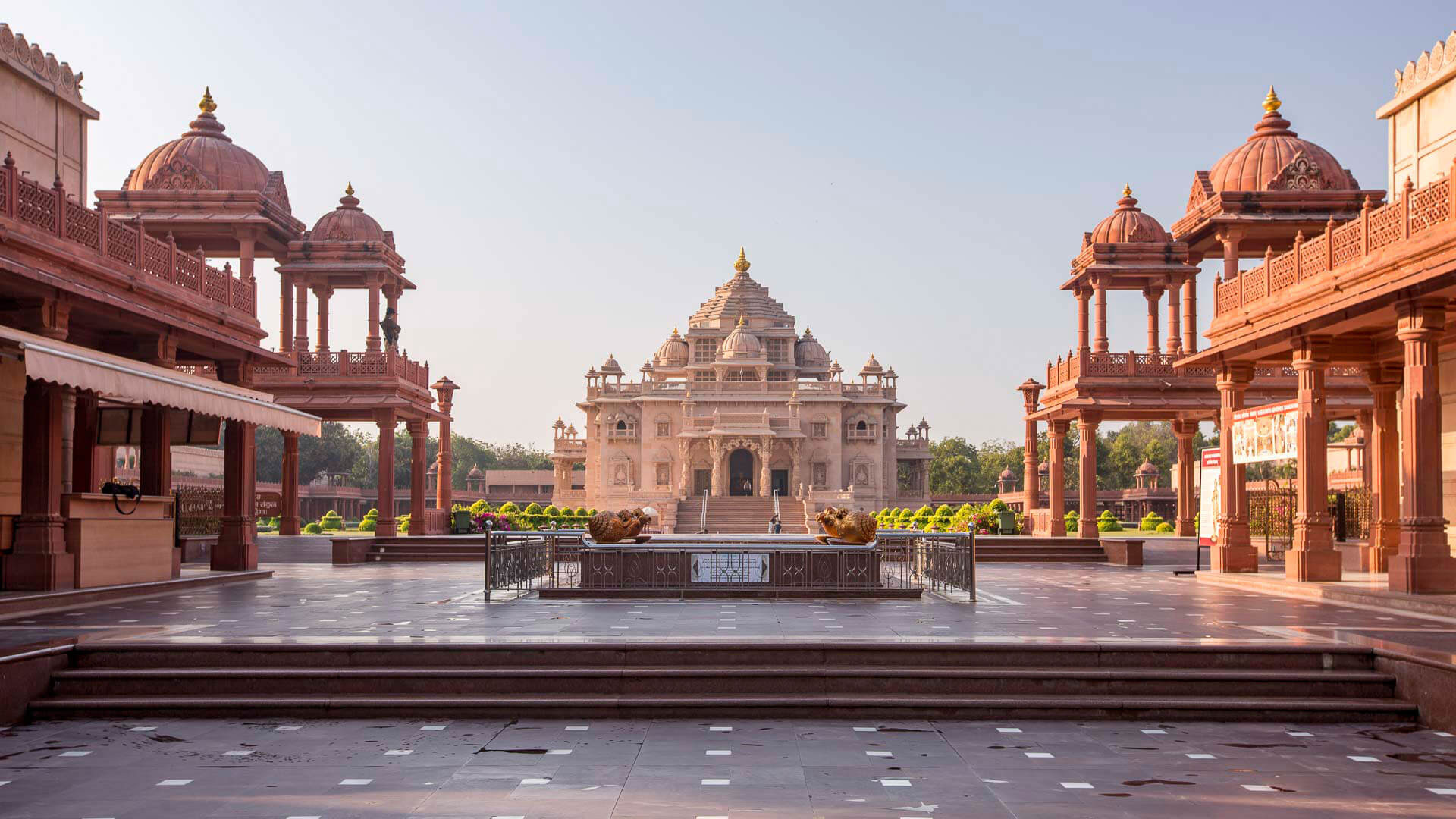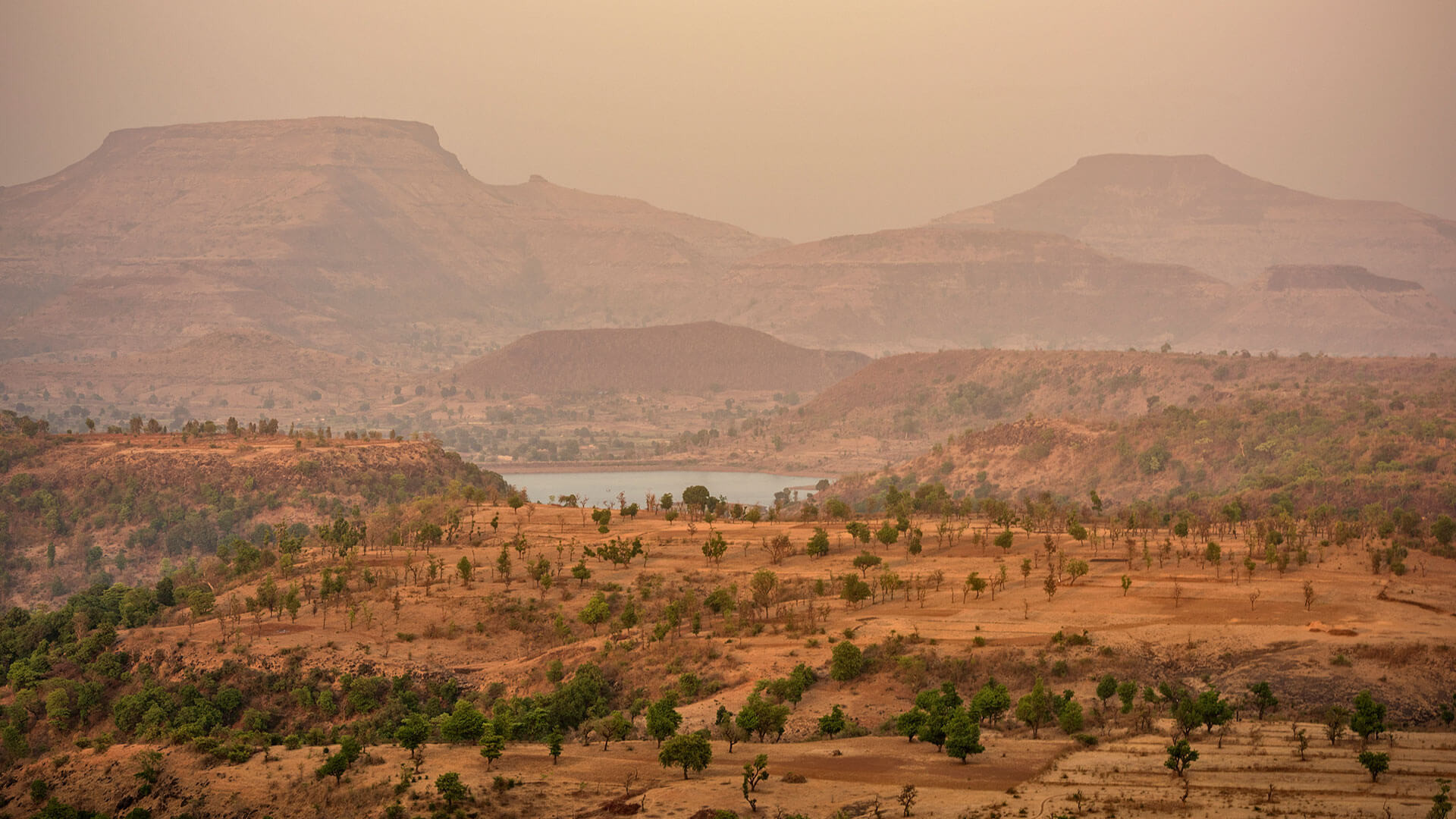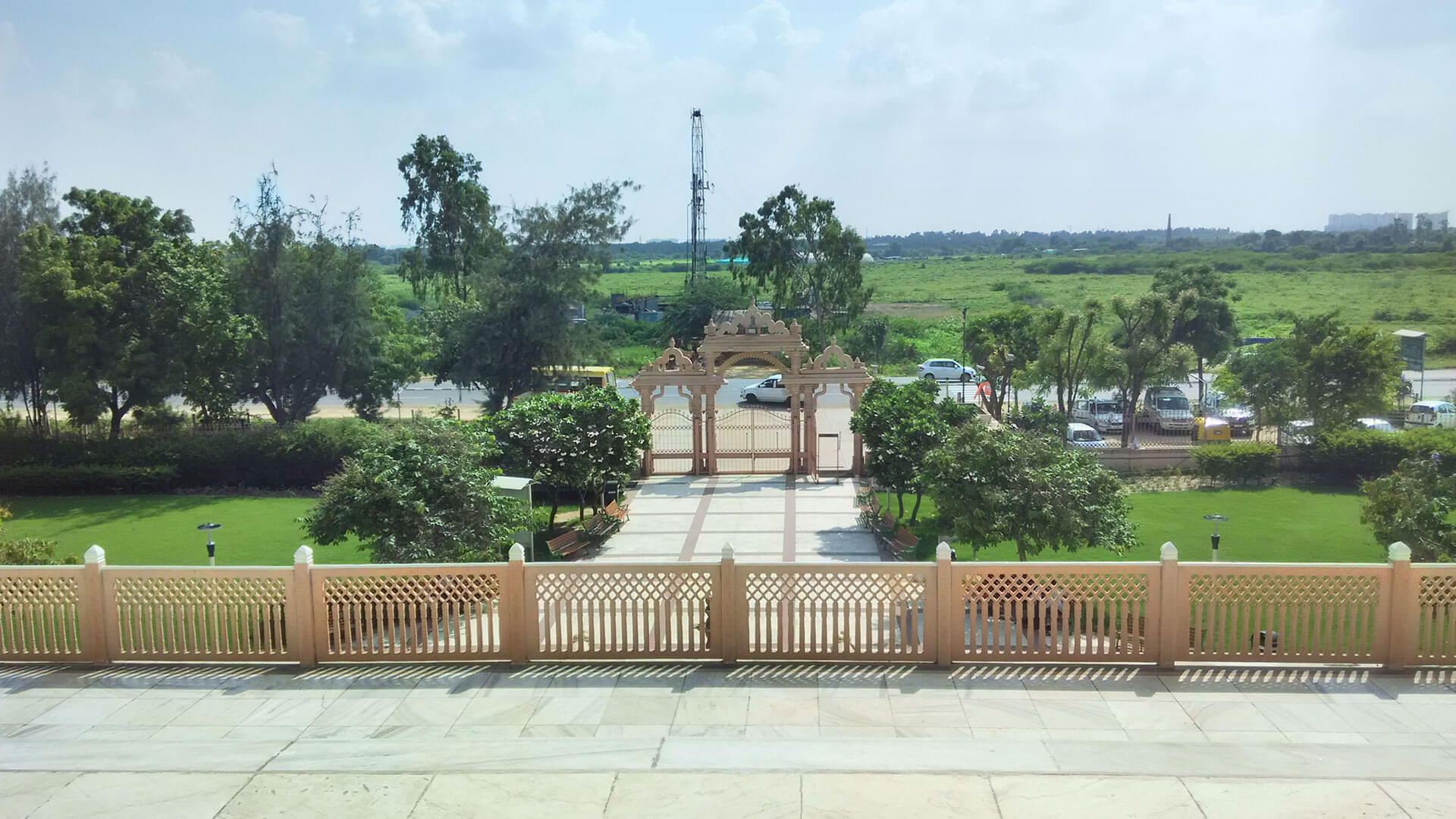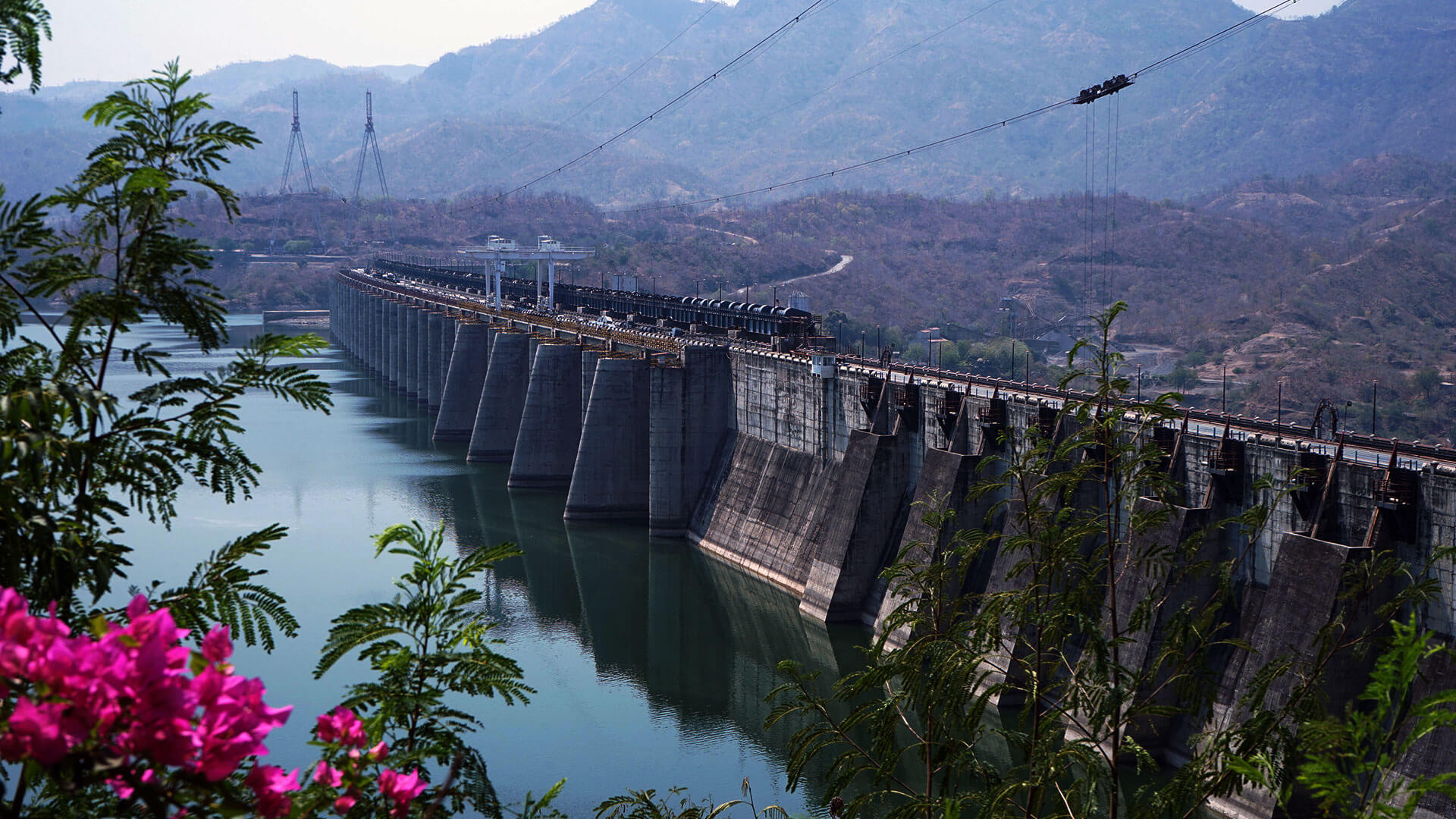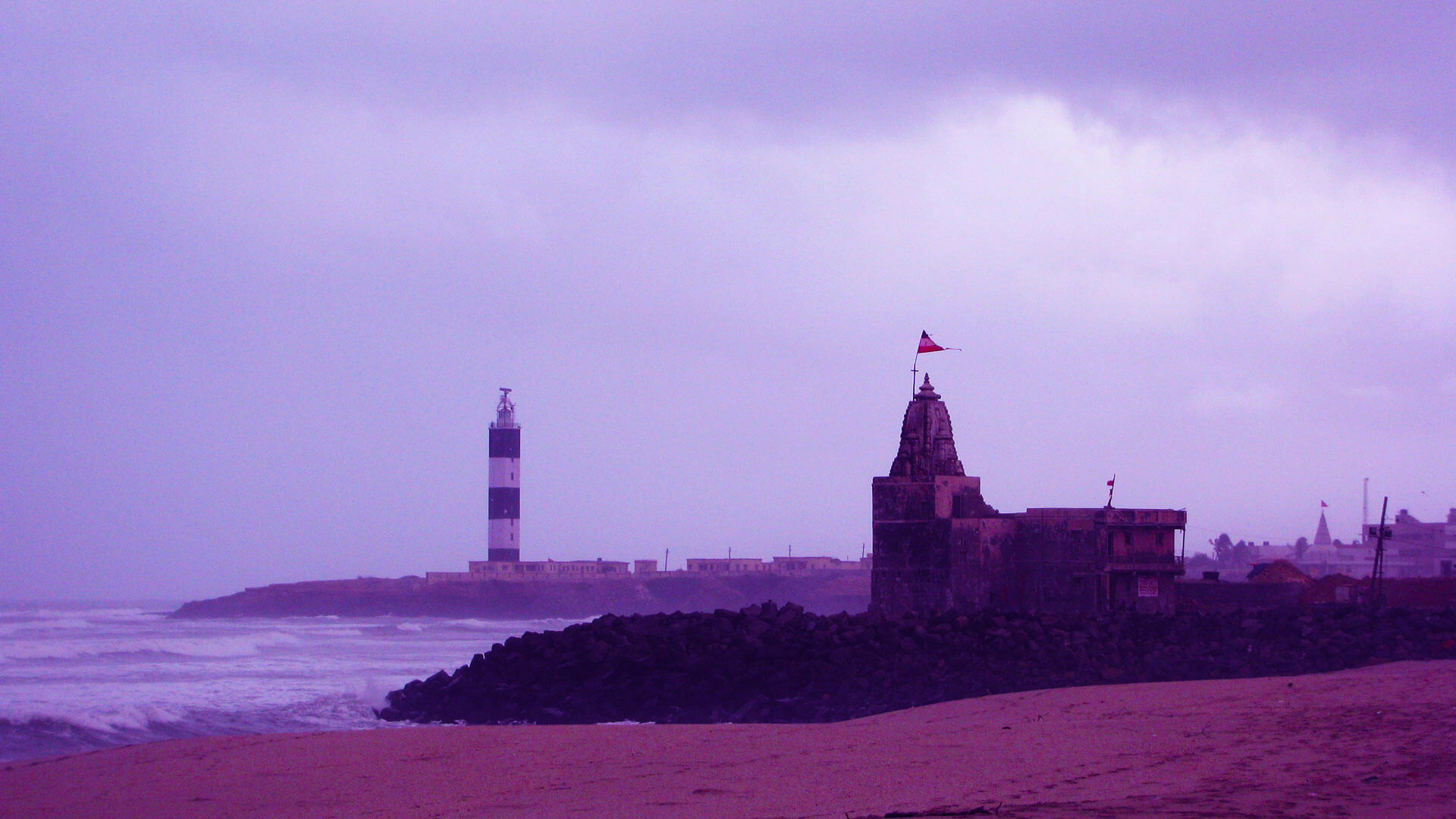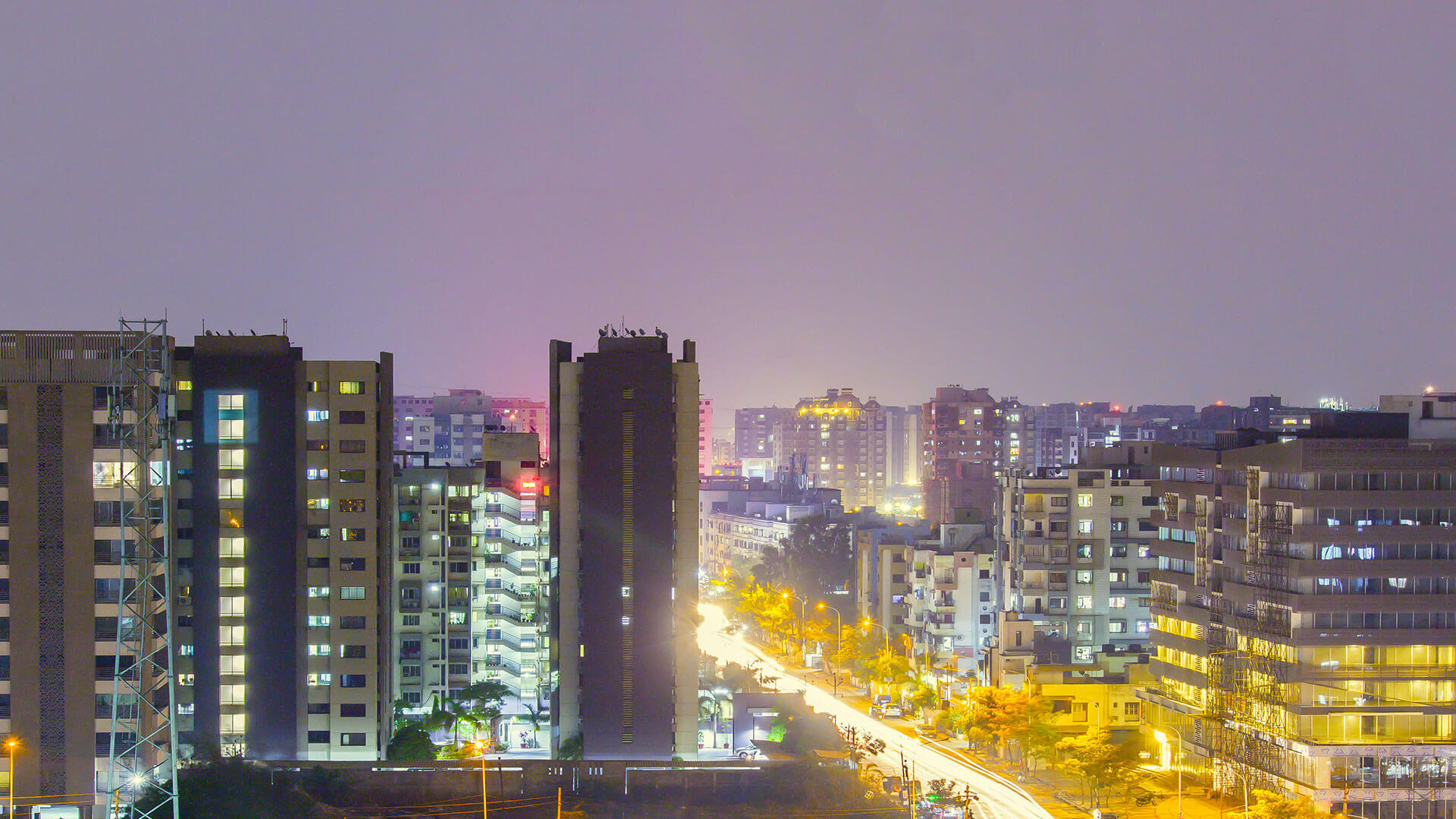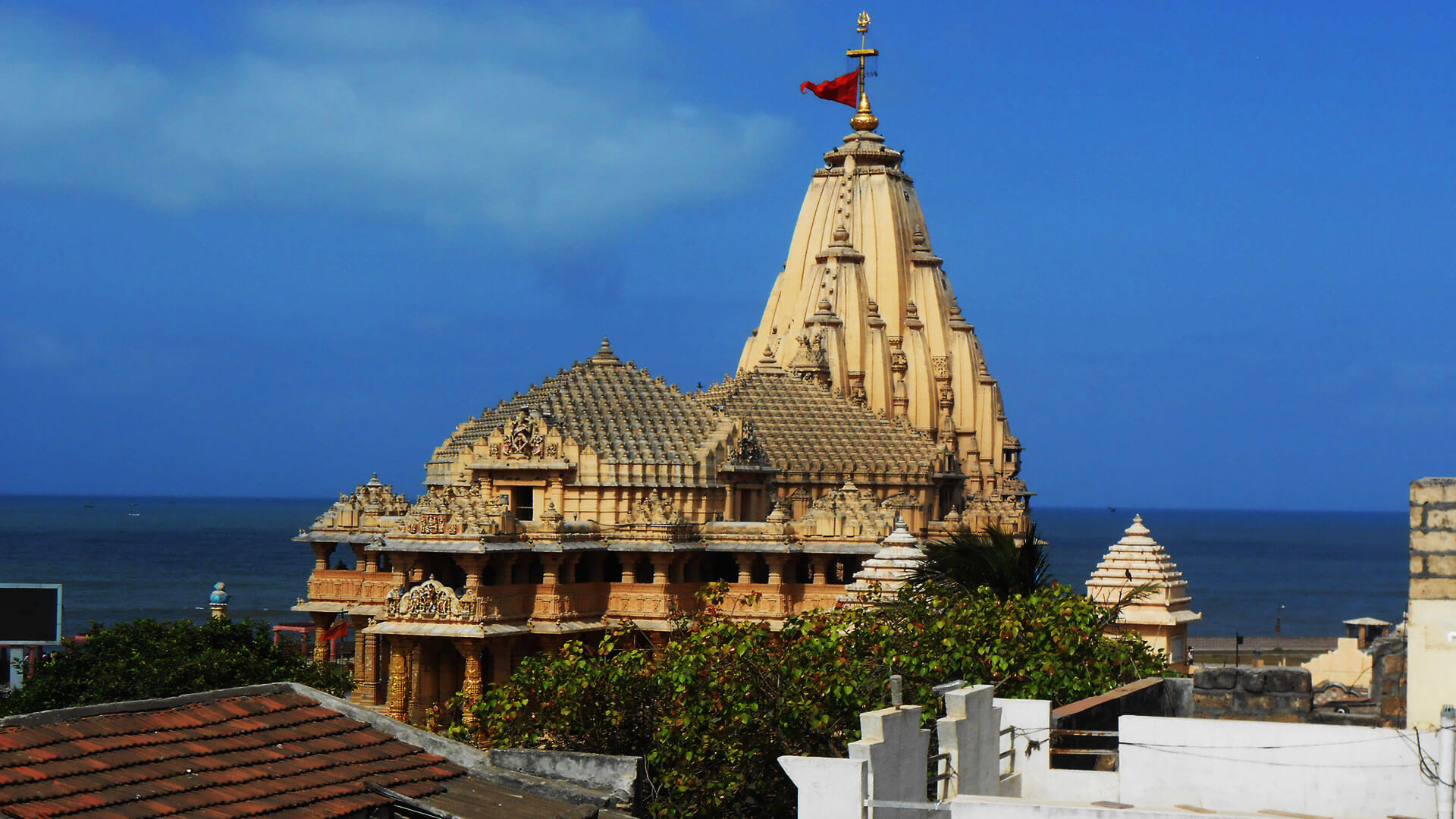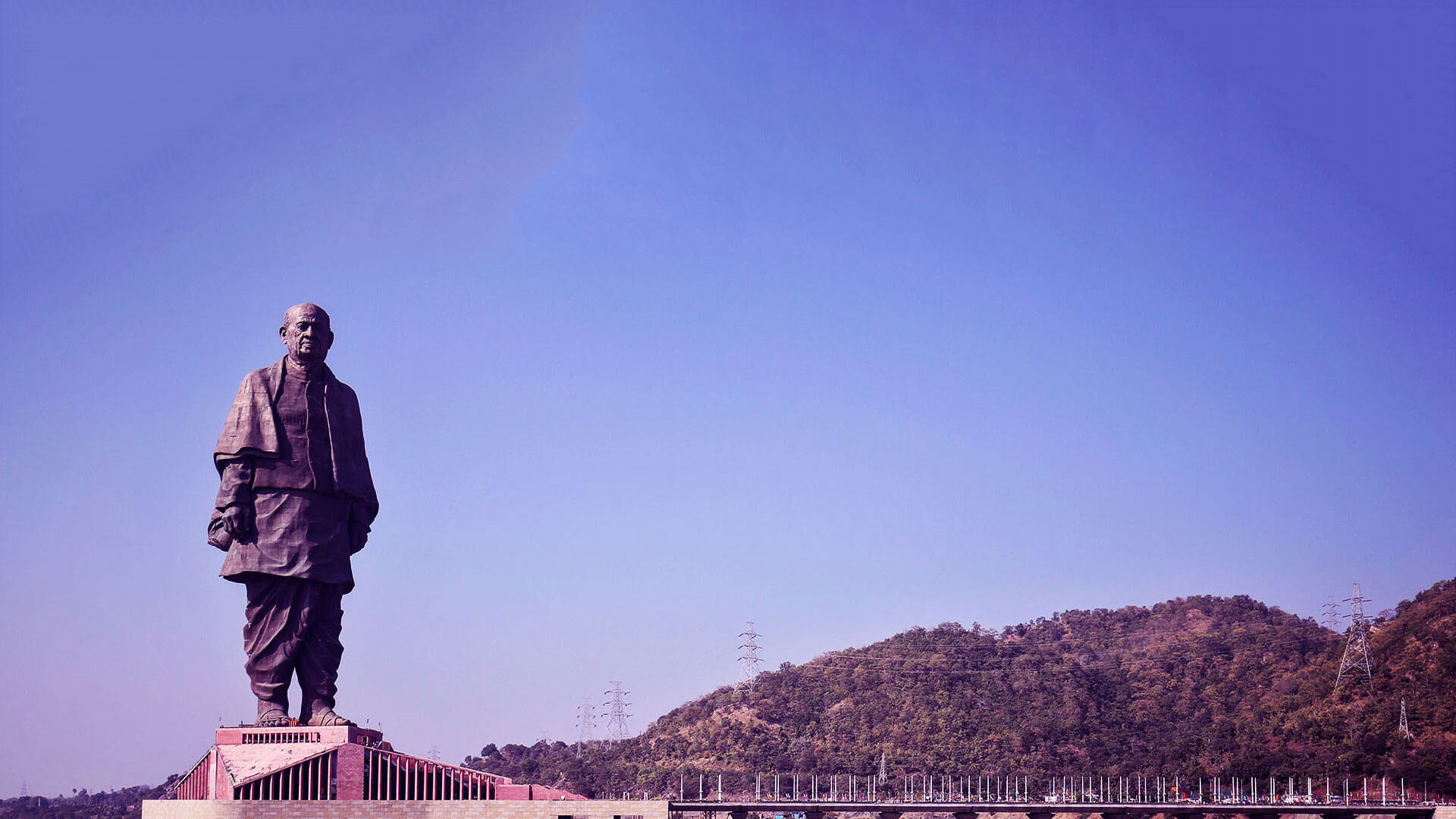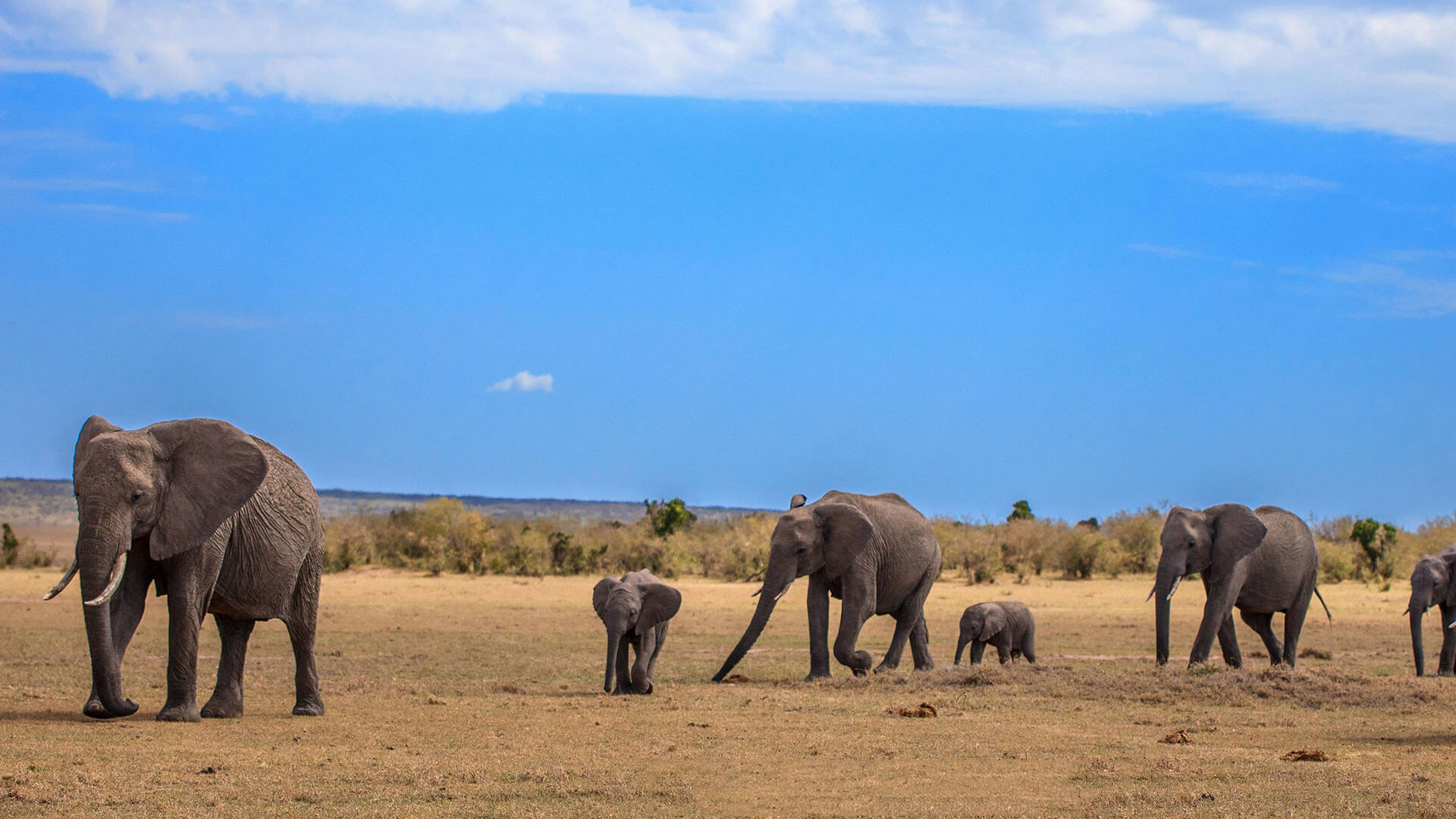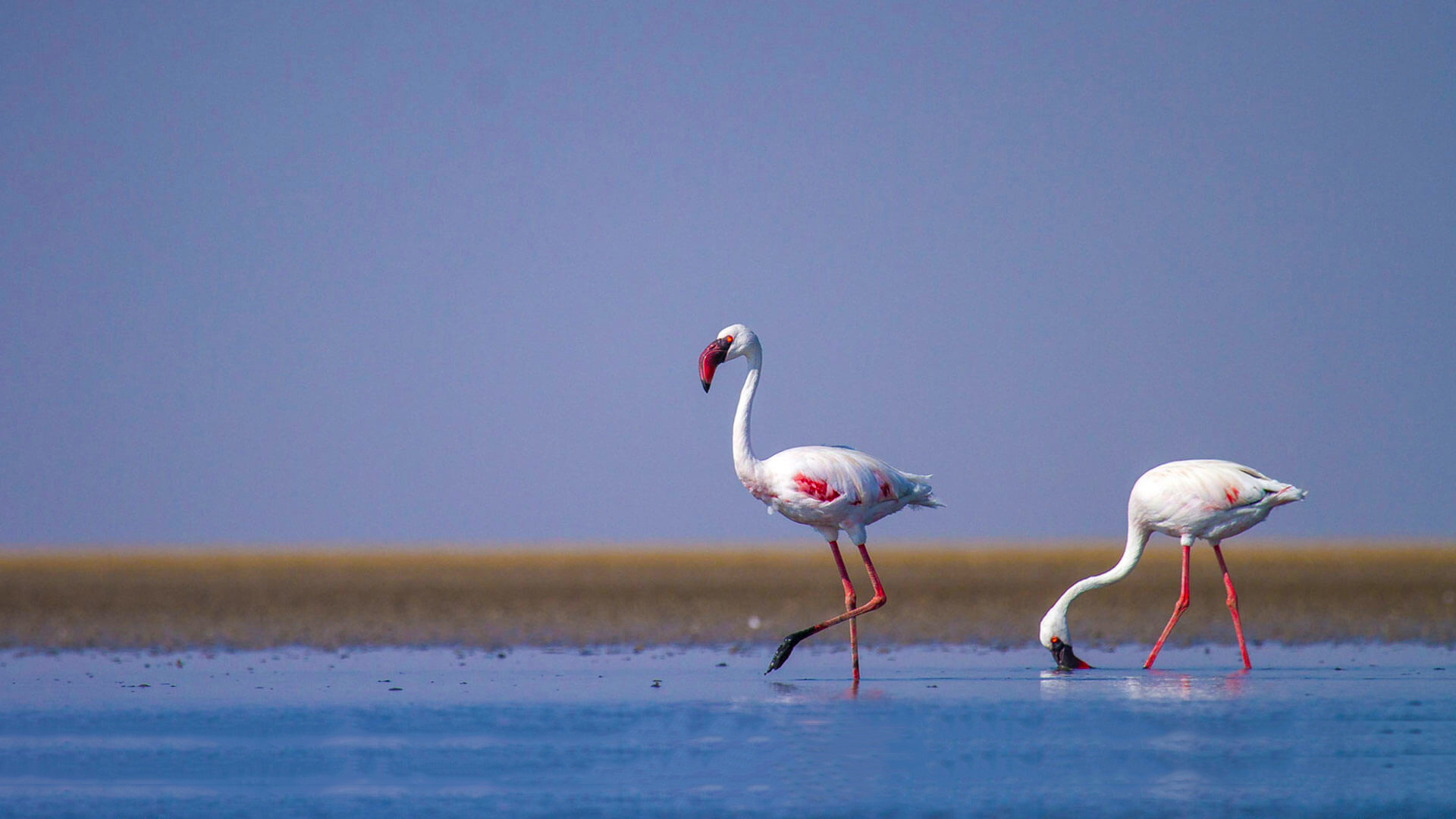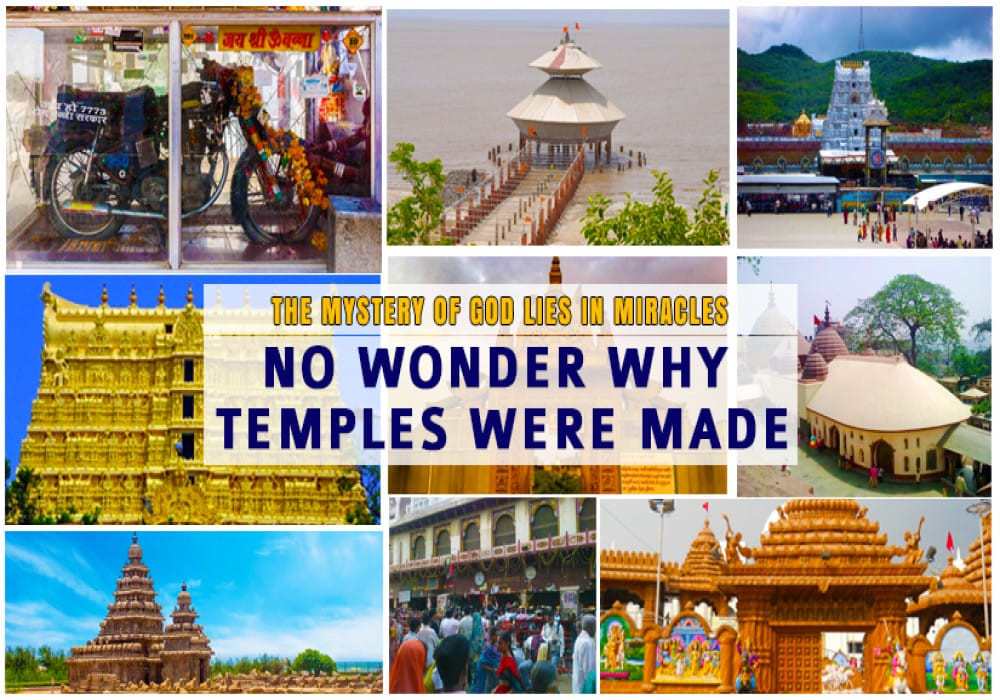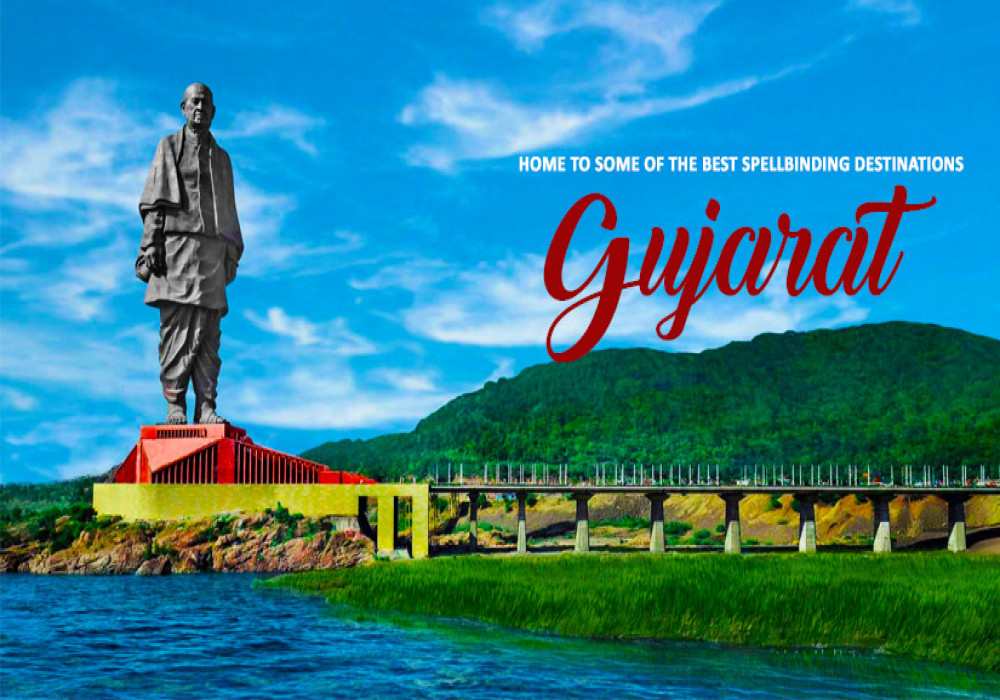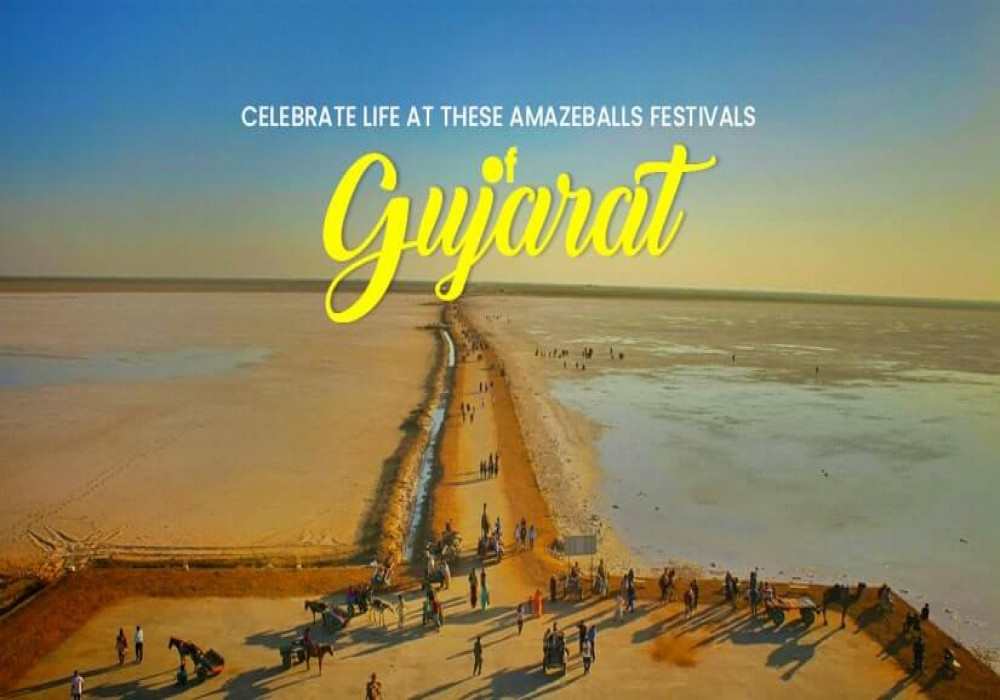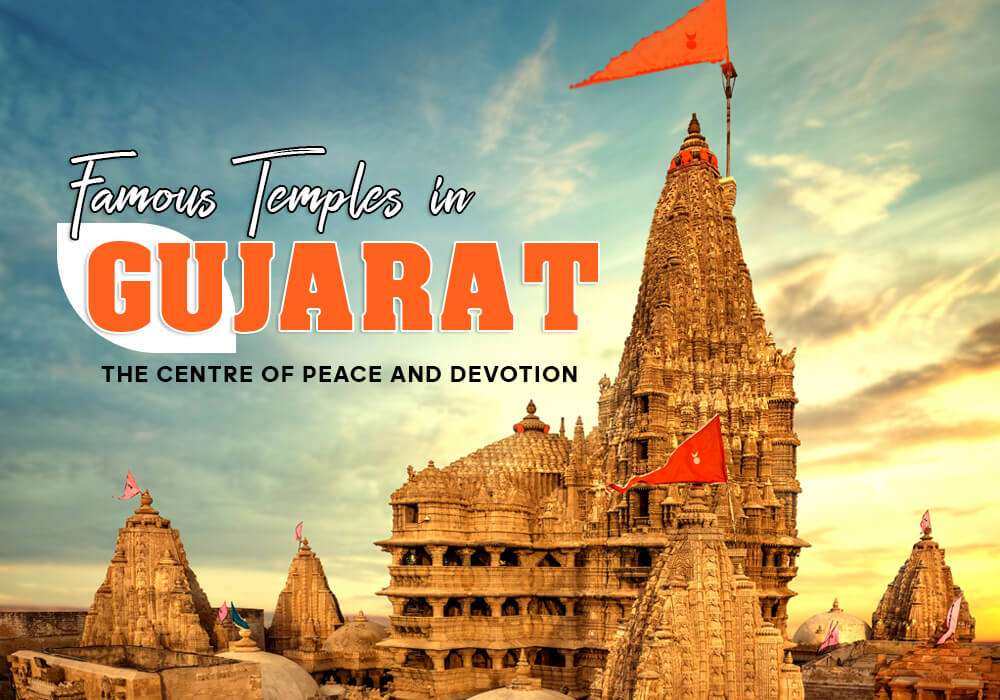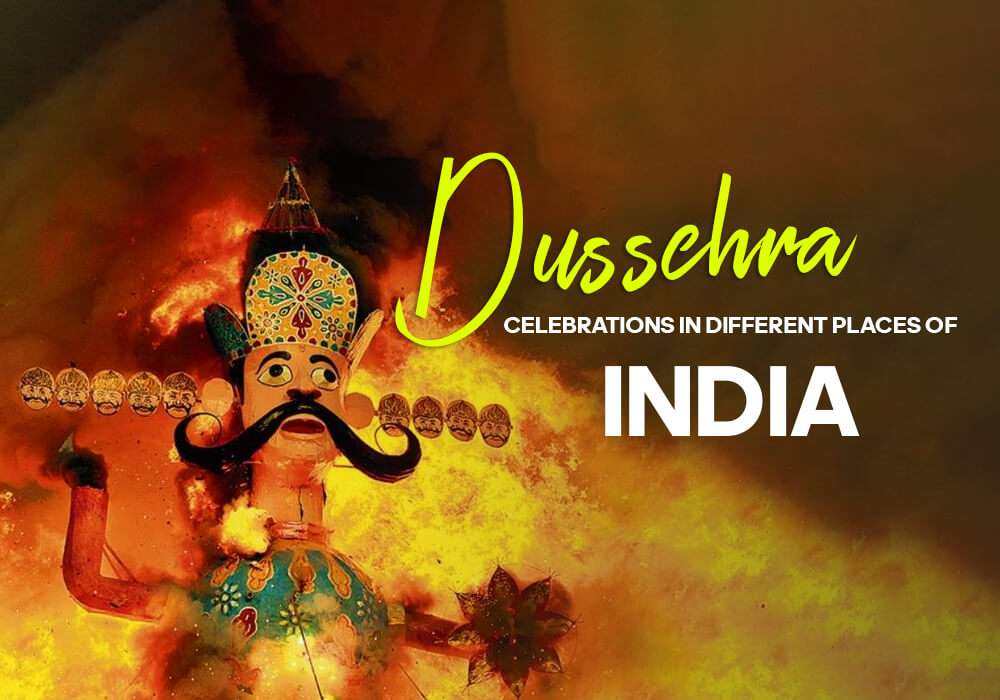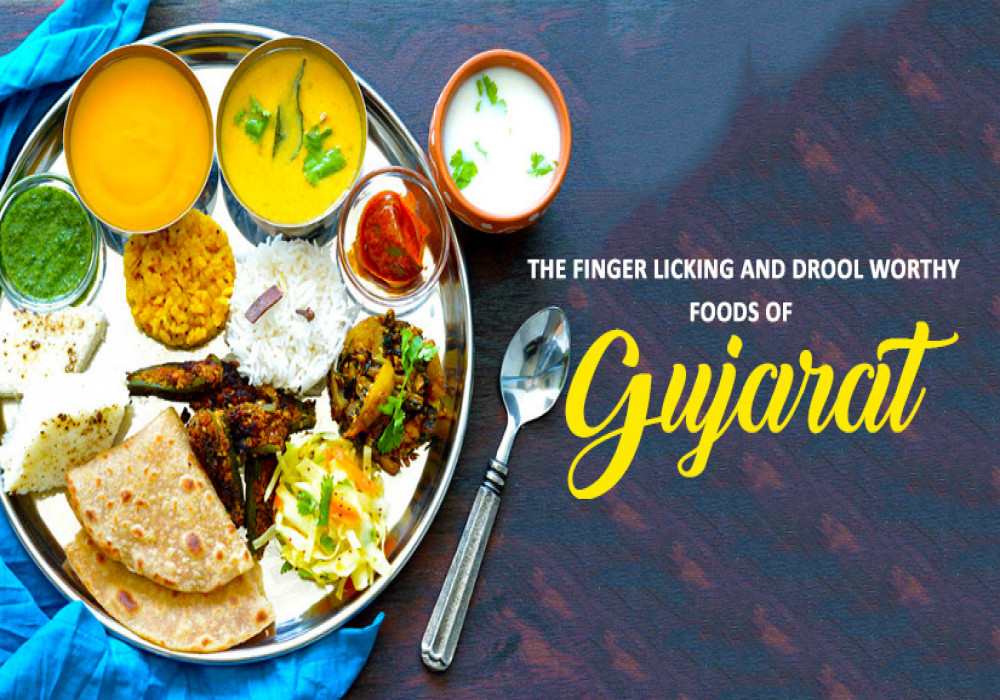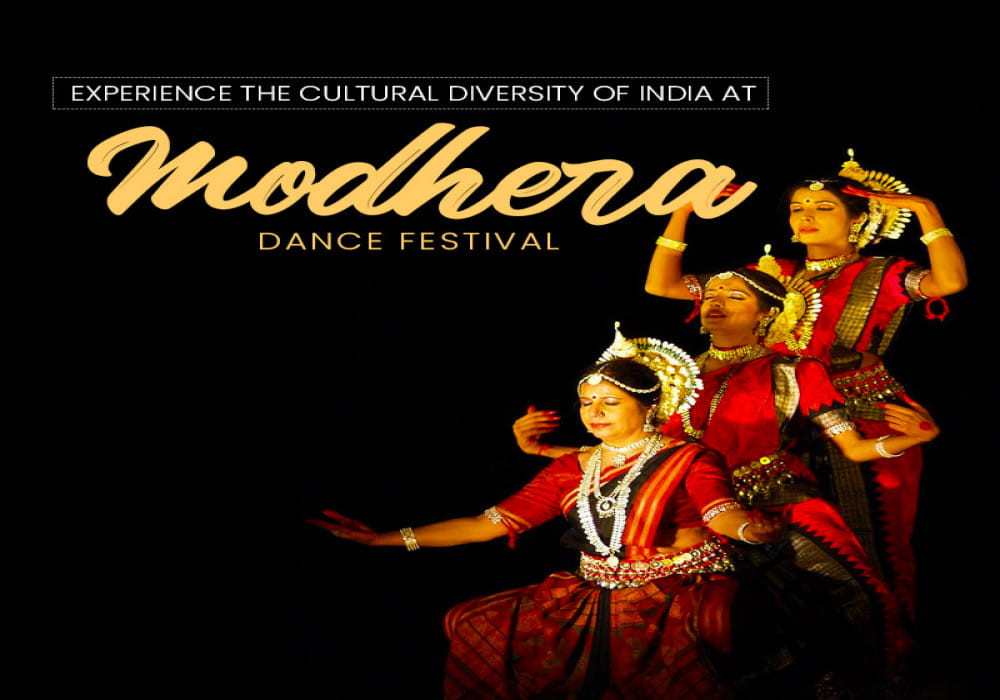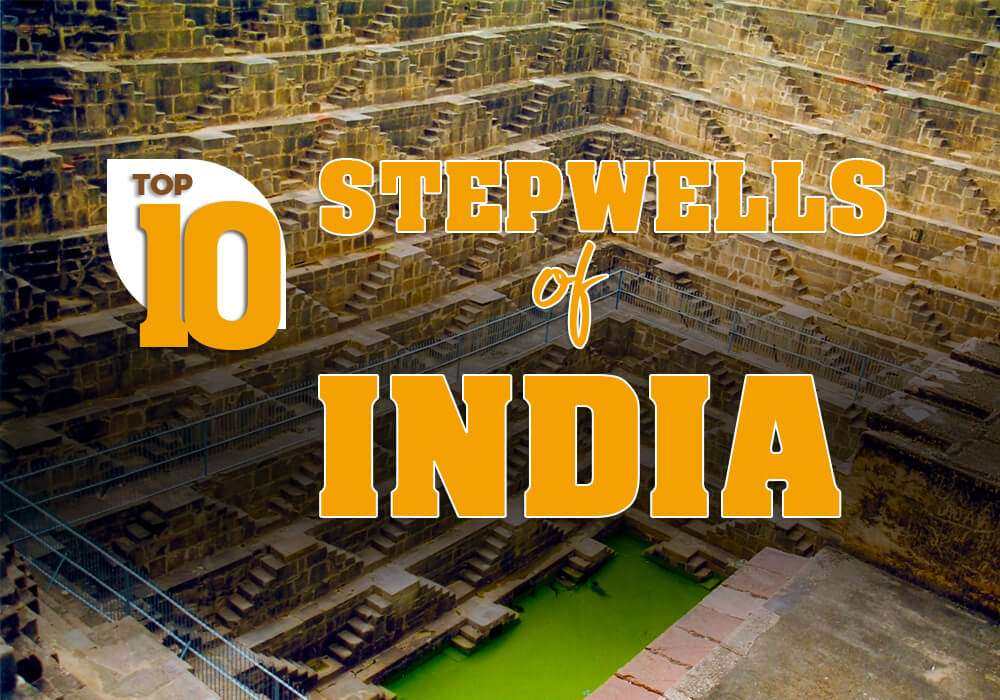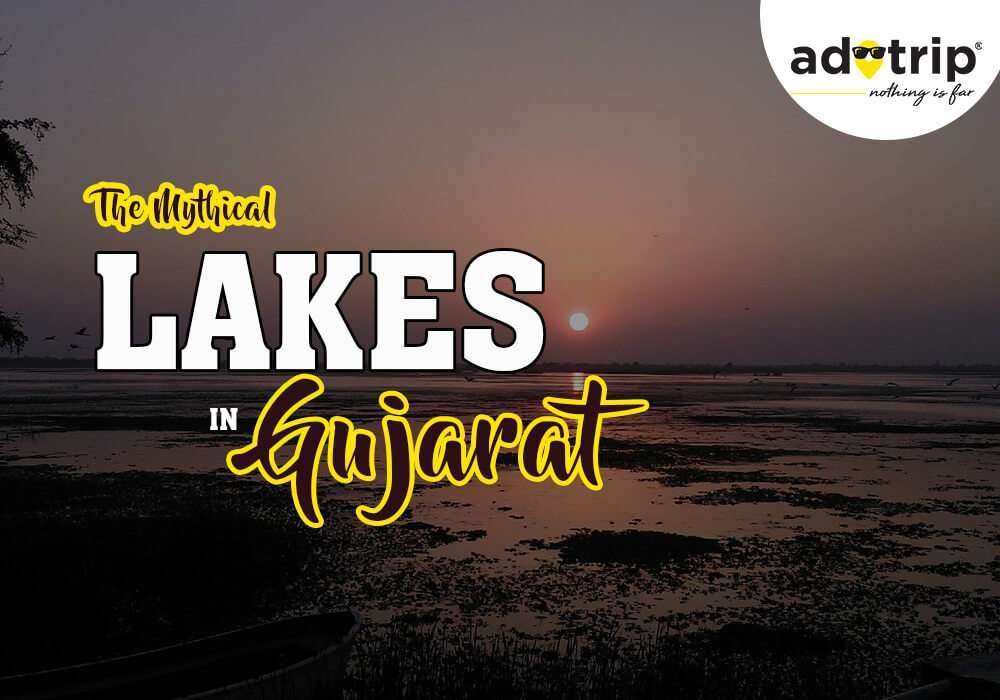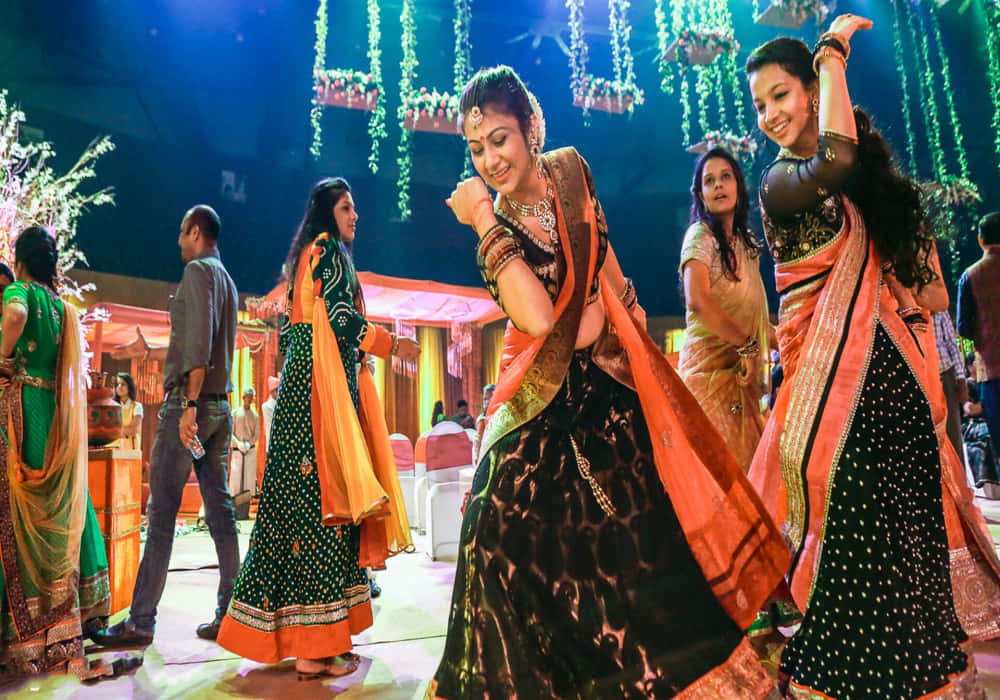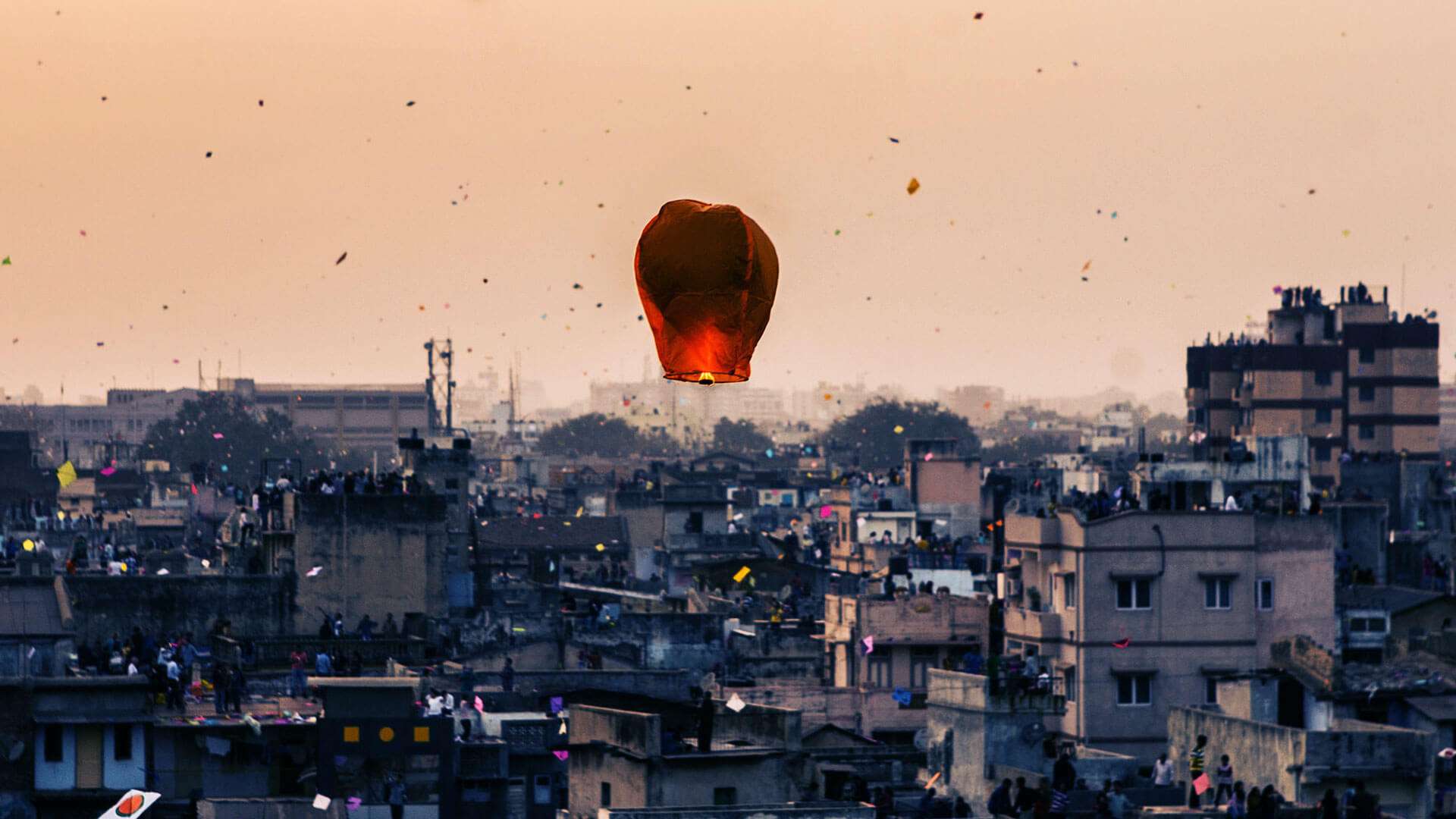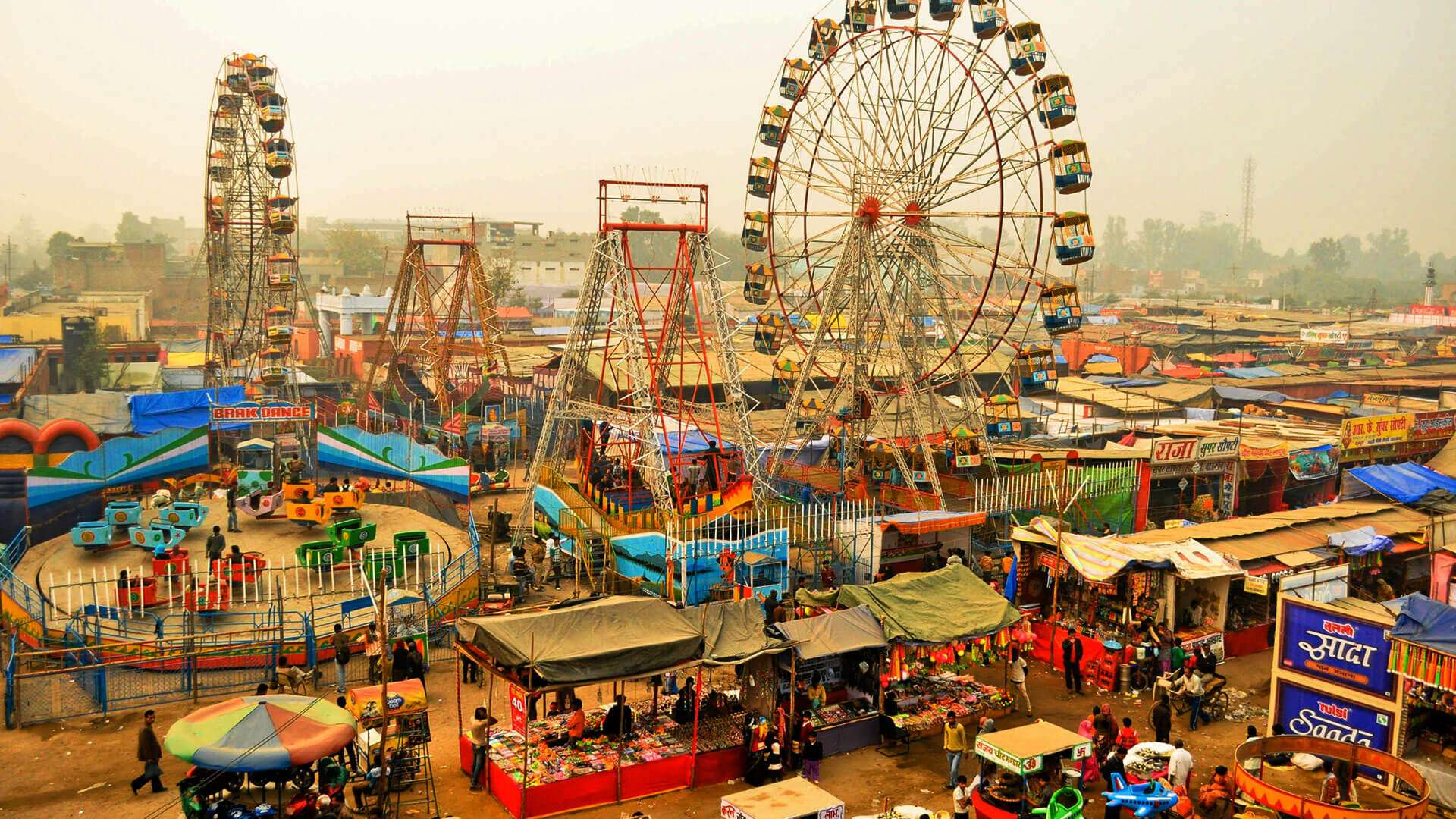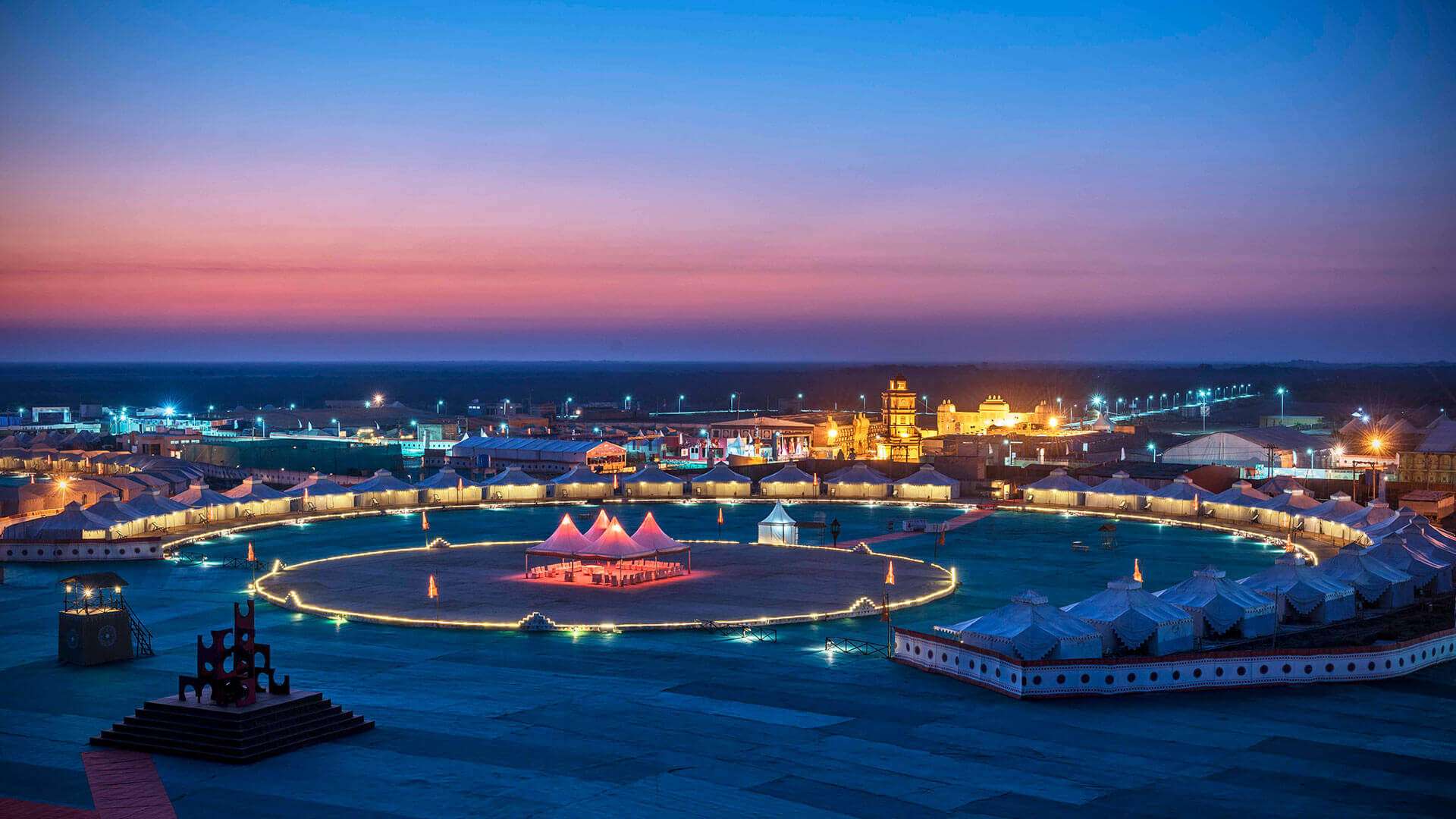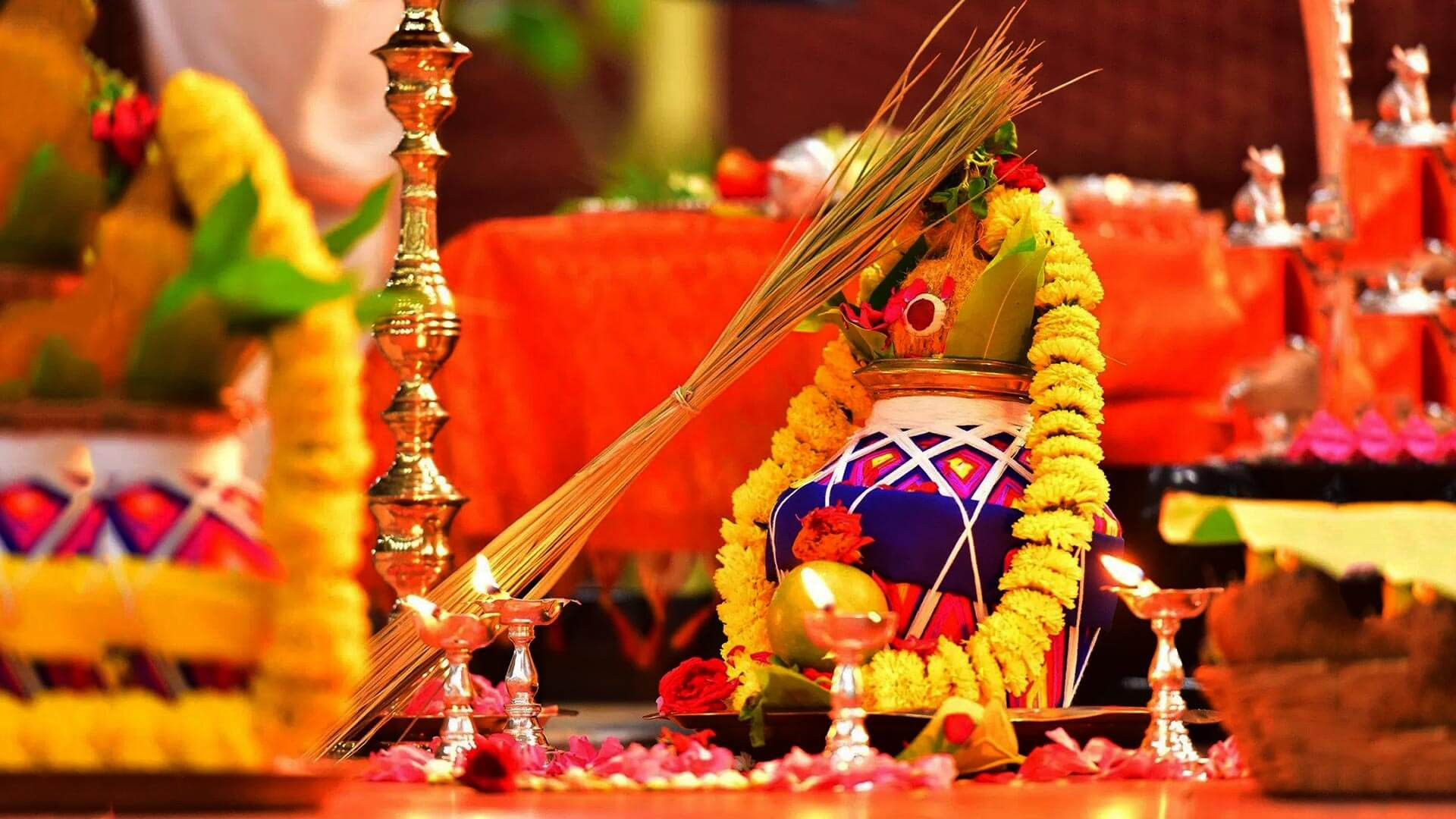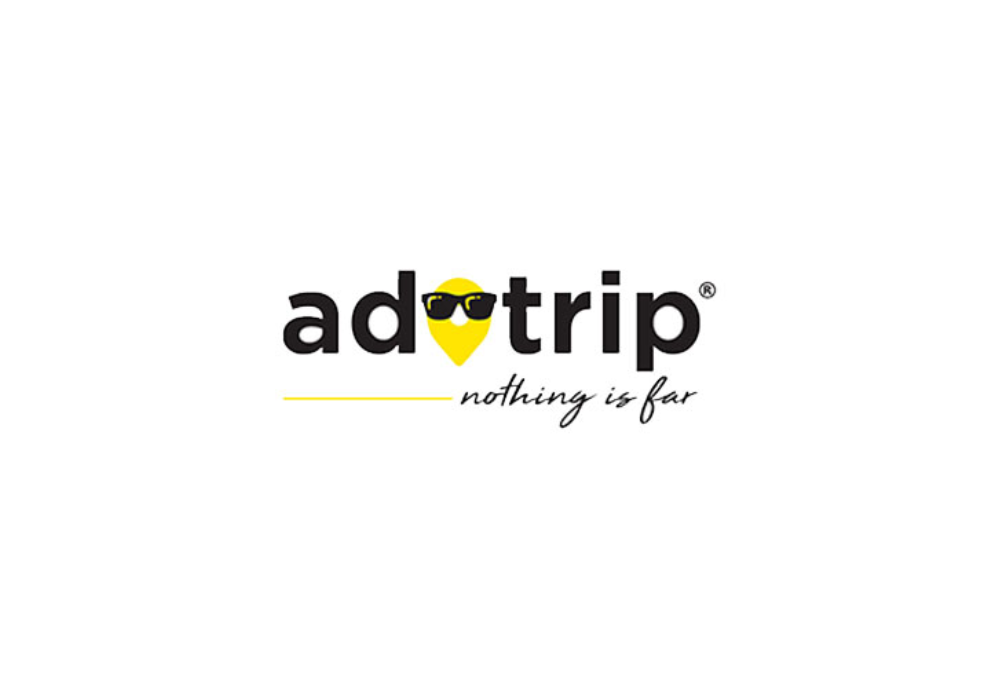Why Gujarat Is Called the Land of Legends ?
Gujarat, often referred to as the "Land of Legends," is a unique blend of cultural heritage, natural beauty, and architectural brilliance. Located on the western coast of India, this vibrant state offers a rich tapestry of experiences—from its historical landmarks and sacred temples to the vast white deserts of the Rann of Kutch and bustling urban centers. Whether you seek cultural exploration, historical insights, or adventure, Gujarat has something extraordinary for every traveler. Let’s uncover what makes Gujarat truly legendary.
Gujarat Packages
Cities in Gujarat
Destinations in Gujarat
Gujarat is amongst the fast-developing states in India that is home to several architectural marvels and offers a wide spectrum of art, history, music, and culture. Famous for Asiatic Lions, silver sands of Rann of Kutch, bustling capital city Ahmedabad which is the first heritage site declared by UNESCO, World’s tallest statue -Statue of Unity, Gujarat is the most attractive travel Destination in India. Intriguing ancient cave paintings, revered temples, historic murals, wildlife sanctuaries, pristine beaches, and exquisite handicrafts add charm to the state. Gujarat's tourism sector basks in the glory of its rich culture and heritage.
History of Gujarat
The northwestern state in India - Gujarat has been blessed with numerous harbors and ports. Gujarat not only has a prime location but has been a hinterland from the very beginning. The name of the state is synonymous with the ethnic group of India, the Gujjars who are known to be the first settlers of Gujarat. Historical relics excavated from Lothal, Rampur, and river beds of Sabarmati, Narmada, and Mahi prove the traces of Indus Valley Civilization and Harappan civilization in Gujarat. Ruled by many dynasties, the state was controlled by the Mauryan Empire, the Saka’s, the Solanki’s, and also by the Mughals.
Gujarat was invaded by Mahmud of Ghazni and Allaudin Khilji after which Ahmed 1, the successor of Zafar Khan Muzaffar became the first independent Muslim ruler of Gujarat and he was the one who found Ahmedabad in 1411 on the banks of the Sabarmati river. The Mughals ruled in Gujarat for 2 centuries when The great Mughal emperor Akhbar conquered Malwa in 1570 after which their reign continued for 2 centuries until they lost the war against the battalion that was led by the great Maratha warrior Chhatrapati Shivaji. The British East India Company seized much of Gujarat from the Marathas during the Second Anglo-Maratha War and established a factory in Surat in 1614, which became their first base in India. Then began the Era of Independence and Gujarat became a harbinger of revolts like Satyagrah, Borsad, Bardoli led by the torchbearers like Mahatma Gandhi, Morarji Desai, Sardar Vallabhbhai Patel, K.M. Munshi, Narhari Parikh, and many more who hailed from the state.
Famous Historical Places of Gujarat
Gujarat’s history is a fascinating tale of ancient civilizations and royal dynasties. Traces of the Indus Valley Civilization are found in sites like Lothal and Dholavira, showcasing Gujarat’s prominence in ancient trade and urban planning. The state has witnessed the reign of the Mauryans, the Solankis, and the Mughals, each leaving behind architectural and cultural legacies.
Ahmedabad, founded in 1411 by Ahmed Shah, stands as a UNESCO World Heritage City, a testament to Gujarat’s architectural grandeur. The colonial era began when the British East India Company established its first base in Surat in 1614. Gujarat later became the birthplace of India’s freedom movement, led by iconic figures like Mahatma Gandhi and Sardar Vallabhbhai Patel.
Culture of Gujarat
The fast-growing state of Gujarat has not only emerged as the prominent industrialized state in India but has also kept intact the rich culture and tradition of its ancient roots. Ever since the time of Harappan civilization to the contemporary multicultural religious faith systems, Gujarat has evolved consistently embracing diverse religions. Gujarat is home to many religions -Hinduism, Jainism, and Buddhism being in the majority.
However, Sunni Muslims are the second-largest group with Jains, Parsis, and Christians who live harmoniously getting utmost respect and space. Gujarat is also inhabited by various tribes - Bhil Garasias, Dungri Bhils, Ratwas, Naikas, and many more have an equanimous way of life. Folks of Gujarat are warm, cordial, and welcoming. They respect each other’s faith and beliefs. Gujarat is vibrant because the natives of the state are good-natured and big-hearted which is evident in the way they enjoy every festival with great enthusiasm and without any reservations of caste or creed.
Tribes in Gujarat
Embracing almost 29 tribal communities, Gujarat is a vibrant mosaic of unique cultures and traditions of various tribes. Some of the tribal communities have migrated from other countries to finally settling down in some areas of Gujarat. Dhodias and Siddi are the tribes from Africa who came here in search of food and shelter and settled in Junagarh, Barda, Vasawas, etc. The Rabaris and Mers are natives of the Mediterranean region. The most prominent tribe in the reforms done for the Independence of India, Chodheries have played a significant role. Settled in Surat, Bharuch, Valsad, and Dangs -The Gamith tribe is massive in number.
Pateliya being the wealthiest tribe of Gujarat have rich traditions and they have made their abode in the districts of Ahmedabad, Surat, and Kheda. The unique festival Gol Gadhedo is observed by tribes to select their consort, and many intriguing wars and love stories are associated with these tribal settlements in Gujarat. The tribal folks of Gujarat are religious-minded and have faith in objects like stones, places, and creatures whilst they primarily depend on agriculture, fishing, hunting, and making handicrafts to sustain their living.
Art and Handicrafts of Gujarat
Gujarat is famous for the resonating tradition of Handicrafts. Every part of the state boasts myriad art forms that are unique blends of vibrant colors, intriguing patterns, and intricate embroidery. Be it colorful tie and dye or exquisite wooden antiques, the handicrafts of Gujarat stand versatile and aesthetically appealing. Patola, Rabari, Mutwa, and Soof are patterns of embroideries that are famous all over the world. Tribes of Gujarat contribute to paintings such as Warli, Pithora, and Rogan that have a certain rustic charm.
The Zari work in Surat and Kathi embroidery of Kutch are stunning while striking patterns of Bandhani or Bandhej are extremely gorgeous. The queen of silk, Patola is used as handwoven sarees to which patterns are made with great precision. Applique work. Patchwork, Mirror work, and beadwork of Gujarat are unmatchable and also it is home to the finest quality of leather. With ample unique things to buy, Gujarat is definitely a shopper's paradise.
Food of Gujarat
Every state in India has its own trademarked menu and Gujarat has many signature dishes that are mildly sweet and absolutely delectable on the palate. Kadhi is a common dish in India, however, Kadhi in Gujarat is distinctive as this traditional dish is white in color and sweet in taste. Having its own version of kachori, Lilva Kachoris is stuffed with pigeon peas that make it different and healthier. One of the favorite dishes of Gujrati households is Sev Tameta Nu Shaak that is made from tomatoes and Sev and is a blend of sweet, tangy, and spicy flavors with a little crunch of Sev. Mohanthal is a soft fudge-like sweet which is the signature dish of Gujarat.
A flavourful fast food dish, Dabeli would leave you drooling. Doodh Pak is a traditional Gujarati sweet dish that is similar to kheer yet with a distinct taste. Gujarat has a rich history and some dishes from the past have amazing food stories. One such dish is Ghari, rich in nutrition, this dish was invented by the cooks of Tatya Tope with the thought of feeding freedom fighters with a dish that can provide them extra strength. Handvo is a traditional savory that is prepared on charcoal. Apart from these, Gujarat is famous for Khakra, Fafda, Thepla, dhokla, khandvi, Muthiya, Ghugra, Gathiya which are some of the all-time favorite munching bites.
Why Visit Gujarat?
- Rich Heritage: Explore historic forts, temples, and ancient cities that narrate Gujarat’s glorious past.
- Natural Wonders: From the white expanse of the Rann of Kutch to the dense Gir Forest, Gujarat’s landscapes are truly captivating.
- Culinary Delights: Savor authentic Gujarati dishes like dhokla, thepla, and handvo.
- Adventure: Enjoy desert safaris in Kutch, birdwatching at Nal Sarovar, or exploring the archaeological ruins of Lothal.
- Warm Hospitality: The people of Gujarat are known for their welcoming nature and vibrant spirit.
When to Visit Gujarat
The best time to visit Gujarat is between November and February, when the weather is pleasant for sightseeing and outdoor activities. The Rann Utsav, held during the winter months, is a must-see cultural extravaganza.
How to Reach Gujarat
By Air: Gujarat boasts a network of well-connected airports, including:
- Sardar Vallabhbhai Patel International Airport, Ahmedabad
- Vadodara Airport
- Surat Airport
- Rajkot Airport
- Bhavnagar Airport
- Jamnagar Airport
- Kandla Airport
These airports facilitate seamless connectivity across India and to select international destinations.
By Train
Gujarat’s major railway stations, such as Ahmedabad Junction, Vadodara Junction, Surat Railway Station, and Rajkot Junction, link the state to India’s extensive rail network. Trains like Shatabdi, Rajdhani, and Duronto Express offer convenient travel options.
By Road
Gujarat’s excellent highway network connects it to neighboring states:
- Maharashtra via NH-48
- Rajasthan via NH-58 and NH-68
- Madhya Pradesh via NH-47
Gujarat is a land of infinite discoveries, offering a perfect blend of history, culture, and natural beauty. From exploring the vibrant festivals and indulging in traditional cuisine to witnessing architectural marvels and enjoying serene beaches, Gujarat promises an unforgettable experience. So, pack your bags and let Adotrip plan your ultimate Gujarat getaway!
Book Gujarat Tour Package
Frequently Asked Questions about Gujarat
Q1. Why is Gujarat famous for tourism?
A1. Gujarat is famous for its rich cultural heritage, vibrant festivals, and unique attractions like the Statue of Unity, Gir National Park (home to Asiatic lions), Rann of Kutch, and historical sites like Dwarka and Somnath temples. The state's diverse landscapes and heritage make it a prime destination for travelers.
Q2. How to plan a 5-day trip to Gujarat?
A2. To plan a 5-day trip to Gujarat, follow this itinerary:
- Day 1: Start with Ahmedabad, visiting Sabarmati Ashram, Akshardham Temple, and Kankaria Lake.
- Day 2: Explore Vadodara and the Statue of Unity in Kevadia.
- Day 3: Visit Gir National Park for a wildlife experience.
- Day 4: Head to Dwarka for Dwarkadhish Temple and Nageshwar Jyotirlinga.
- Day 5: Enjoy the Rann of Kutch for its white desert and cultural activities.
To make your travel smooth, use Adotrip for booking hotels, flights, and finding nearby attractions to enhance your journey.
Q3. Which is the most visited place in Gujarat?
A3. The most visited place in Gujarat is the Statue of Unity, the tallest statue in the world. It attracts millions of tourists annually and offers activities like a laser show, valley of flowers, and river rafting.
Q4. What is so special in Gujarat?
A4. Gujarat is special for its cultural diversity, historical significance, and natural beauty. It is the birthplace of Mahatma Gandhi, home to India's only Asiatic lions, and known for its incredible festivals like Navratri. Its cuisine, handicrafts, and vibrant markets also set it apart as a unique travel destination.
Popular Packages
Popular Flights
Rajkot to Ahmedabad
Vadodara to Rajkot
Vadodara to Ahmedabad
Delhi to Jamnagar
Rajkot to Vadodara
Delhi to Vadodara
Ahmedabad to Jamnagar
Delhi to Rajkot
Delhi to Bhavnagar
Vadodara to Jamnagar
Rajkot to Jamnagar
Rajkot to Bhavnagar
Mumbai to Ahmedabad
Ahmedabad to Bhavnagar
Mumbai to Rajkot

